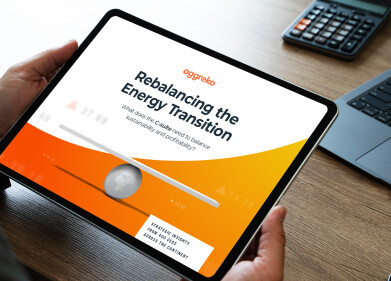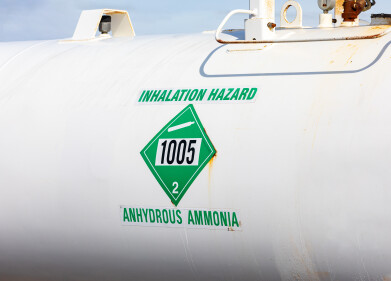Fuel for thought
USA Sees Significant Growth Within Petroleum Exports Market
Apr 07 2016
2015 saw oil prices crash and burn across the global market. Now, the USA is seeing signs of a recovery, with exports steadily climbing since the beginning of the year. The positive trend is echoed across all petroleum markets, including gasoline, propane/propylene and other distillate fuels.
While prices have been less than ideal over the past two years, analysts confirm that exports have actually been rising since 2014. Despite the fact that profits are nowhere near what they used to be, refiners are still producing and selling to responsive buyers, as well as contributing to a domestic oversupply.
Growth across a trio of markets
So what’s driving national export growth? Distillate fuel oil is a key player, making up the majority of petroleum exports. In 2015 distribution was up to 1.19 million barrels per day, which represents an 85,000 barrels per day increase since 2014.
Canada, central South America and Mexico are chief consumers, with the latter guzzling the lion’s share with a huge 143,000 barrels per day. Nations such as Chile are buying up big on US produced distillate fuel, importing over 100,000 barrels per day, according to the latest statistics. Western Europe is another principal consumer, with exports spiking by over 50% to hit 136,000 barrels per day.
Both propane and gasoline exports have also enjoyed significant growth, with the US exporting a respective 615,000 and 618,000 barrels per day. This pattern was largely influences by continually low propane prices, which have increased both supply and export figures since 2013. Asian markets are major consumers, with the flourishing petrochemicals industry fanning growth.
Crude markets kick off after four decade curb
As for crude. In the wake of the government’s repeal of the 40-year ban on the export of crude oil, Gulf refiners are starting to tap into new opportunities. 5 million barrels of European, African and Japanese bound crude have already left the Gulf of Mexico, with this figure set to increase as the US oil market opens up after four decades of restrictions.
With price divergences expected to increase between domestic and foreign crude prices, analysts are forecasting that the USA’s petroleum export market will continue to grow.
As aforementioned, Asia’s petrochemicals industry is one of the key factors driving growth. For insight into the health and safety aspect of the multibillion pound market, ‘Multi-Layered Gas & Flame Monitoring Protects As Well As Prevents Accidents at Petrochemical Plants’ is a must read article. Drawing on the fact that the US petrochemicals industry has encountered over 400 serious accidents over the past two years, the piece explores the complex challenges of combustible gas and fire safety, and latest generation of detection systems that offer a layered human sensory approach designed to provide comprehensive protection to both people and facilities.
Digital Edition
PIN 25.6 Buyers' Guide
January 2025
Buyers' Guide Directory - Product Listings by Category - Suppliers Listings (A-Z) Articles Analytical Instrumentation - ASTM D7042: The Quantum Leap in Viscosity Testing Technology -...
View all digital editions
Events
Jan 20 2025 San Diego, CA, USA
Jan 22 2025 Tokyo, Japan
Jan 25 2025 San Diego, CA, USA
SPE Hydraulic Fracturing Technology Conference and Exhibition
Feb 04 2025 The Woodlands, TX, USA
Feb 05 2025 Guangzhou, China



















